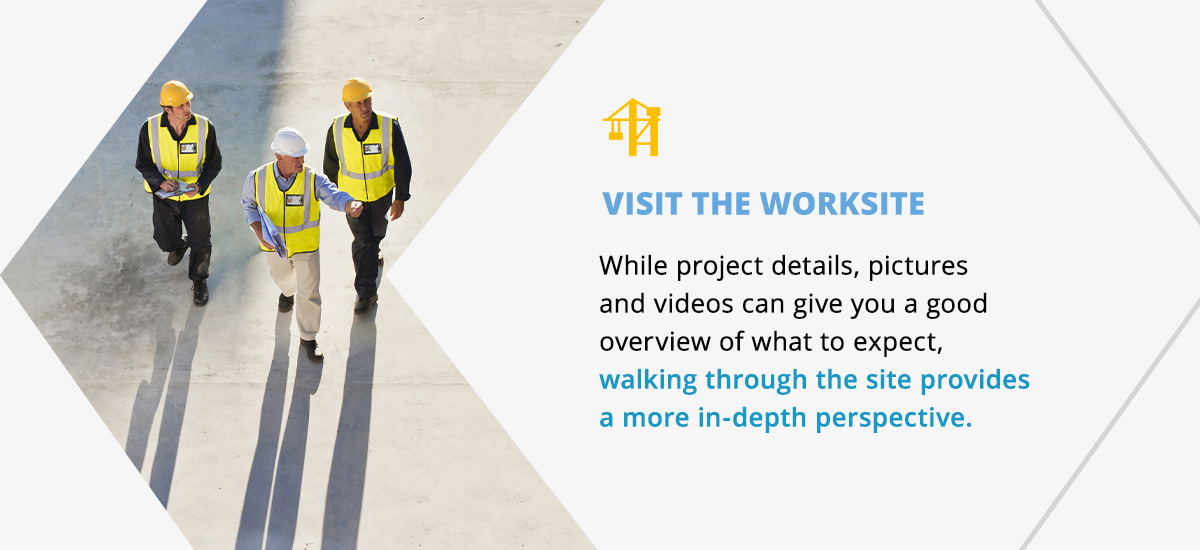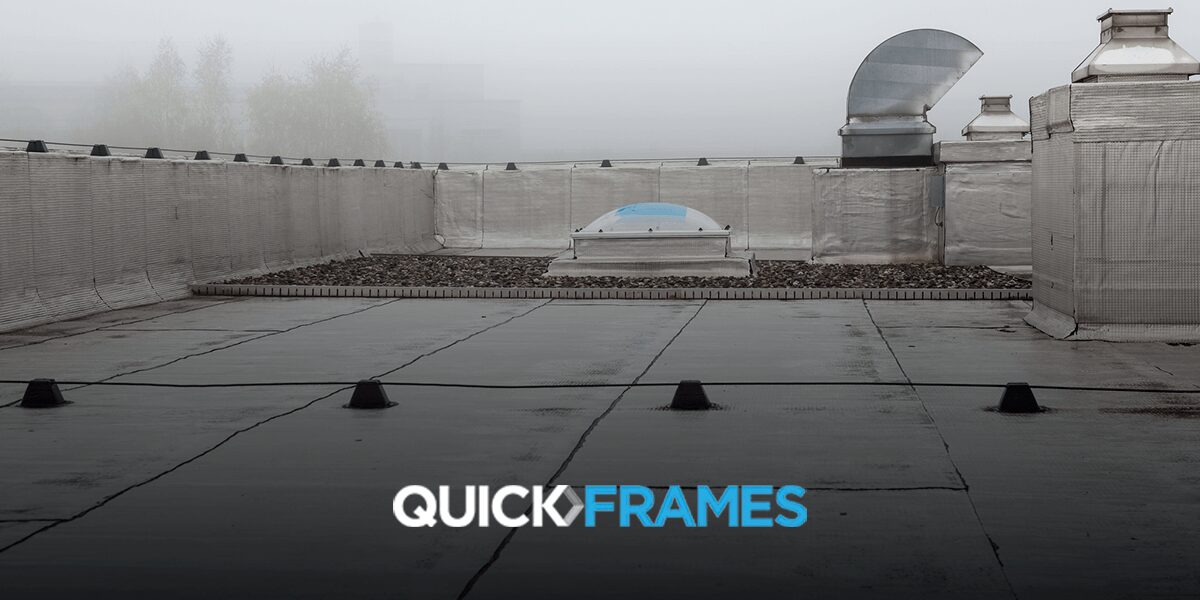How to Win Construction Bids

Learning how to win more construction bids can help you enhance your business and boost revenue. Submitting bids for construction projects requires attention to detail and careful planning, and you can win more bids by offering the best services at the lowest costs.
Explore the basics of bidding and guidance for crafting a winning construction project bid below.
Construction Bidding Process
Understanding how construction bids work can help you enhance your strategy. The construction bidding process takes place in the following steps:
Solicitation
Property or project owners solicit bids from interested parties, such as construction managers and contractors, providing relevant information about their project needs. A bid solicitation or request for proposal (RFP) typically features project specifications, instructions and drawings companies can use to determine if a project is right for them. Some solicitors may refer to the RFP as a “request for quote” or a “request to tender.”
Submission
You must submit your bid and all requested information and documents by the project owner’s deadline. In some cases, you may need to submit materials in a qualifying round before submission. If a project manager likes your offer, they will ask you to submit your bid for a final review.
Selection
A project owner typically selects a bid based on one or more of the following factors:
- Lowest bid: Some companies and government entities select the lowest bid for a project. This is usually the case for government contracts, and it often consists of a qualifying round before the bid submission process.
- Value: When a project owner selects a bid based on value, they consider multiple factors such as qualifications, project experience, management approach, scheduling philosophy and safety record.
- Negotiation: Some property owners hire contractors through negotiated tendering. During this process, they choose contractors and contact them directly for negotiation.
Contract
After a property owner selects your company for a project, both parties agree on terms and sign a contract. A project can involve any of the following contract types:
- Guaranteed maximum price (GMP): If you sign a GMP contract, the property owner will not pay more than the maximum price both parties agree on before signing. Evaluating and predicting potential unexpected costs is important before agreeing on a maximum price because you will be responsible for covering cost overruns. You can work contingencies into your price to cover extra costs if they occur.
- Cost-plus: When you sign a cost-plus contract, you receive payment for all your expenditures, profit and overhead. Accurate, detailed bookkeeping is especially important when working with this contract type.
- Fixed price or lump sum: A fixed price or lump sum contract requires the property owner to pay you one agreed-upon payment after you complete the project. In some cases, the contract may include incentives for early completion or penalties for delays.
- Unit pricing: A unit pricing contract designates prices per unit, and each unit represents a material, portion of work or a combination of materials and work.
- Time and materials: A time and materials contract specifies a daily or hourly rate the project owner will pay the contractor in addition to expenses such as material costs.
Project Delivery
After winning a bid and signing the contract, you and your team can begin work. Keeping track of expenses and staying on schedule is essential in project delivery. This way, you can reduce unexpected costs, complete work on time and maintain client satisfaction.
Qualities of a Winning Bid
Winning construction bids often have the following qualities:
- Professionalism
- A display of experience and expertise
- Bid completeness
- Attention to details such as cost estimates, the scope of work, reputation, financial resources and safety record
- Work schedule and estimated completion dates
How to Win a Bid in Construction
Consider the following tips to learn more about how to win commercial construction bids:
1. Find the Right Projects
Bidding on as many projects as possible may be effective for a large company, but it’s not always the most efficient method. It’s much more productive to bid on the projects you will most likely win.
Consider past successful projects and the type of work your team specializes in, and try to narrow your bids down to these types of opportunities. Focus your bidding efforts on your most promising prospects so you can free more of your team’s time for current projects.
2. Review Project Plans and Make Accurate Calculations
Review project plans thoroughly and double-check your calculations to ensure you provide each potential client with accurate estimates. The goal is to offer the lowest bid without decreasing your bottom line, so your measurements and calculations must be as accurate as possible.
Your estimate should include important details such as equipment and building material costs. A client may have specific material preferences, so clarifying expectations and checking material costs before bidding is helpful.
3. Visit the Worksite
Visiting a worksite before making a bid is important. While project details, pictures and videos can give you a good overview of what to expect, walking through the site provides a more in-depth perspective.

You can document observations such as site terrain, size, road access points, powerlines and nearby structures when you walk through a site. You may discover it’s a great fit for your team or decide to pass. Completing this step before starting paperwork can help you save time on the projects you decide not to pursue.
4. Communicate Thoroughly
Communication is a crucial part of the bidding process. Ask for clarification when a project detail is unclear or if you’re unsure of the potential client’s expectations. Asking questions shows you care about delivering excellent results, and having the right information is essential for delivering an accurate estimate.
5. Create a Risk Mitigation Plan
Create a risk mitigation plan to identify and prepare for potential challenges. The more prepared you are for a project, the better you can prevent risks and address challenges if they occur. A risk mitigation plan also shows potential clients you are highly professional and detail-oriented.
6. Edit Bid Forms and Documents
Double-check your calculations to ensure your bid is correct, and proofread your documents before submission. Submitting polished bid documents displays your professionalism and attention to detail, which can help persuade potential clients to choose your company.
7. Treat Each Project as Brand New
Treating a project the same as a previous one can cause you to miss important factors. Each project is unique, so you should treat it like it’s brand new and ensure you cover every detail. From equipment and materials to schedule planning and completion dates, you and your team should give the same level of attention to each project bid you work on.
8. Work With Great Vendors
Partner with excellent vendors that offer affordable prices, fast service and top-quality products. You can leverage cost efficiency, quality and reliability as key selling points to enhance your project bids. Working with trusted vendors gives your business a competitive edge, benefitting your reputation and bottom line.
Enhance Your Construction Services With QuickFrames
Winning a bid in construction often comes down to offering excellent services at the lowest price. Finding ways to cut costs and complete projects faster can help you stand out among your competitors and impress potential clients.
With steel roof and floor frames from QuickFrames, you can save time and labor on your next construction project. Our frames are easy to install and provide the quality your clients expect, helping you prevent rework, reduce costs and deliver excellent results on time.
Request a quote to learn more about our frames and how we can help you enhance your services.
Categories
- Blog




